Homesteading, a term often associated with the past, has found a resurgence in modern times. But what is homesteading? Historically, homesteading was the act of claiming land to cultivate and develop it into a functioning farm or home.
However, in today’s context, homesteading embodies a lifestyle that promotes self-sufficiency, sustainability, and a strong connection with nature. It encapsulates a wide variety of practices, including growing your own food, raising livestock, and even making your own clothes. Let’s delve into the captivating world of homesteading and guide you on how you can get started.
Contents
- 1 Understanding Homesteading
- 2 The Appeal Of Homesteading
- 3 The Basic Principles Of Homesteading
- 4 Necessary Skills For Successful Homesteading
- 5 The Financial Aspect Of Homesteading
- 6 Choosing Your Homestead Location
- 7 Planning Your Homestead: From Garden To Livestock
- 8 Legal Considerations For Homesteading
- 9 The Reality of Homesteading: Day-to-Day Life
- 10 Start Your Journey Into The World Of Homesteading!
Understanding Homesteading
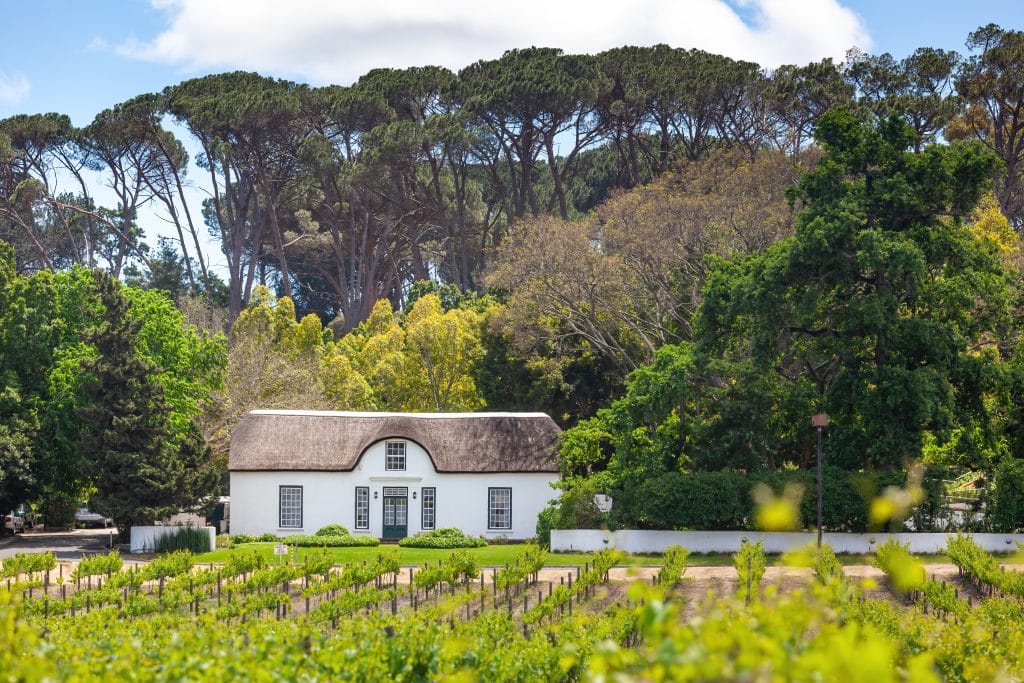
Homesteading today has evolved to reflect a lifestyle of self-sufficiency and sustainability. It can take many forms, depending on one’s resources, skills, and ambitions. Some choose to homestead on a rural property, seeking independence from mainstream supply chains and pursuing a hands-on connection with nature. Others apply homesteading principles in urban settings, turning balconies into lush vegetable gardens or practicing minimal waste living.
Each type of homesteading comes with its unique set of challenges and rewards. An urban homestead may face space limitations, but it offers proximity to city amenities. On the other hand, a rural homestead may provide ample space but could mean more manual work and less access to conveniences. The right choice depends on your lifestyle and what you aim to achieve from homesteading.
The Appeal Of Homesteading
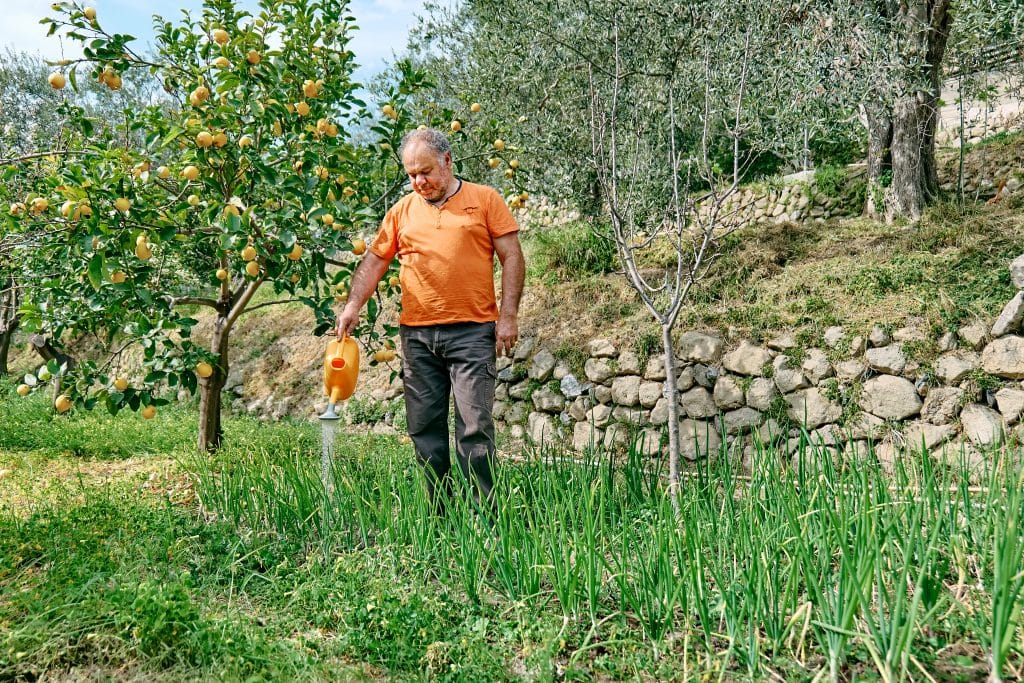
For many people, the appeal of homesteading lies in the fulfillment that comes from living a self-sustained and eco-friendly lifestyle. Growing your own food, raising animals, creating homemade products, and living with minimal waste reduces one’s carbon footprint and fosters a deep connection with nature. This lifestyle promotes healthier living and a sense of achievement, which can be rewarding beyond words.
However, homesteading is not without its challenges. It requires hard work, perseverance, and a willingness to learn and adapt. From mastering new skills to dealing with unexpected hurdles like weather fluctuations or crop failures, homesteading is a continuous journey of learning. But for those who find joy in the process, the rewards are bountiful and holistic.
The Basic Principles Of Homesteading
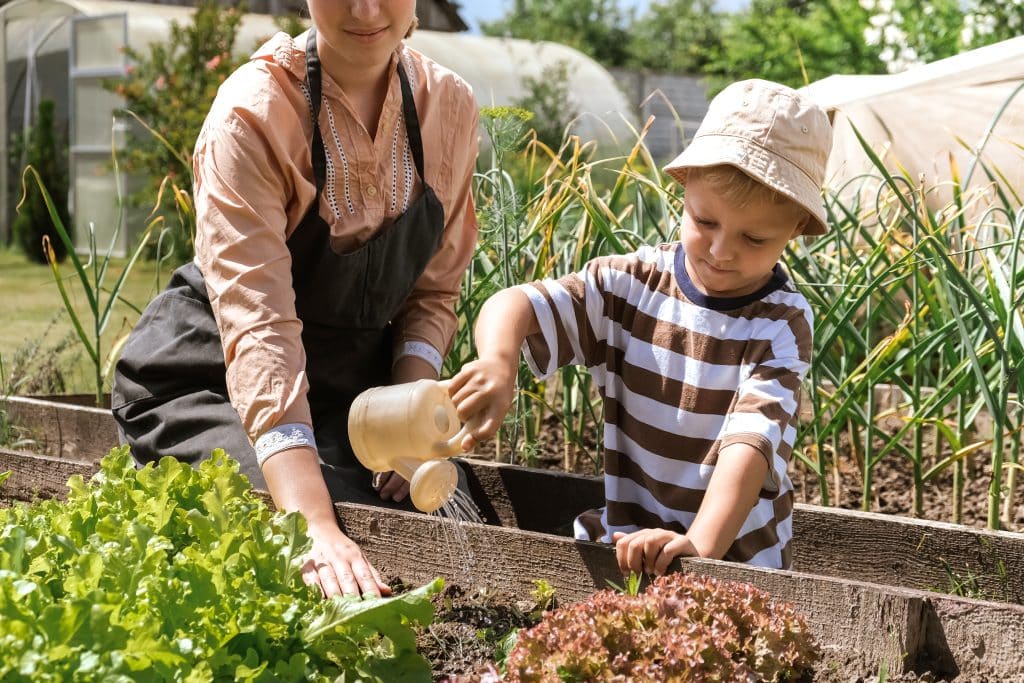
As previously mentioned, the homesteading lifestyle is rooted in principles such as sustainability, self-reliance, and simplicity. These principles guide the everyday actions of a homesteader, dictating choices on everything from food production to energy use. For instance, homesteaders strive to create a sustainable living system where resources are recycled and reused. This could mean composting kitchen scraps to enrich garden soil, collecting rainwater for irrigation, or using solar power for energy needs.
Simplicity is another cornerstone of homesteading. Rather than chasing the latest trends or gadgets, homesteaders find joy in simple living. They appreciate handmade goods, grow and cook their own food, and generally live with less. This not only reduces waste and consumption but also encourages a slower, more mindful way of life.
Necessary Skills For Successful Homesteading
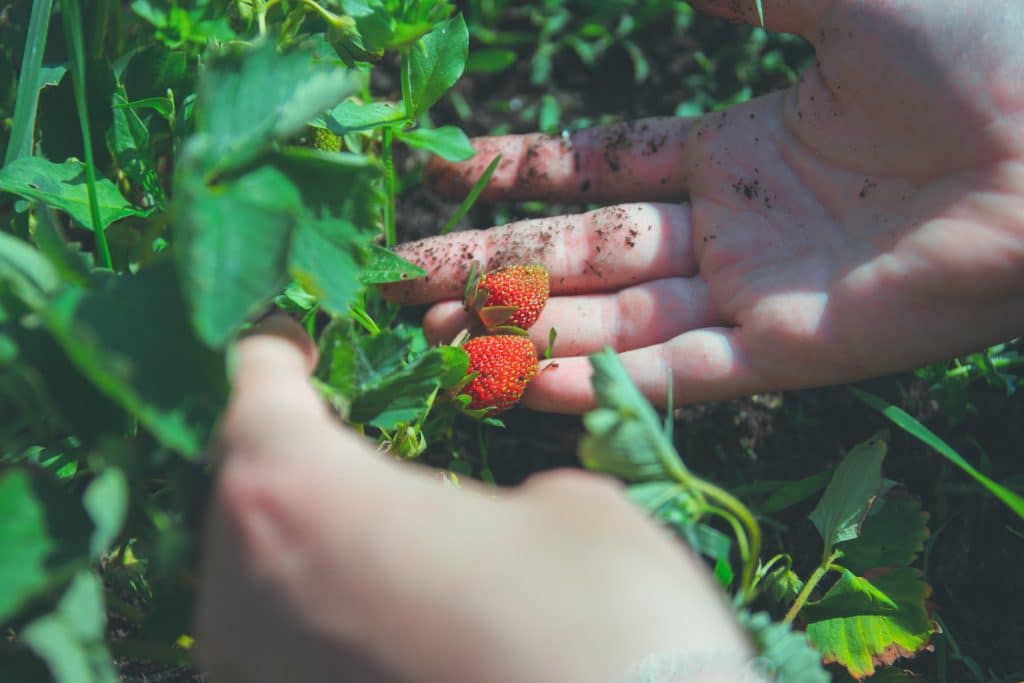
To embark on a successful homesteading journey, certain skills are crucial. These range from gardening and livestock management to basic home repair and food preservation. Gardening is an integral part of homesteading, teaching you to cultivate and harvest your own produce. Livestock management involves care for animals that provide dairy, eggs, or meat. Understanding these principles not only ensures the health of your livestock but also enhances the sustainability of your homestead.
Additionally, homesteaders must be adept at basic home repairs. This not only saves money but also promotes self-reliance. And since a significant part of homesteading involves producing and storing your food, skills like canning, freezing, and fermenting become essential. Numerous resources are available to learn these skills, including workshops, online courses, and books.
The Financial Aspect Of Homesteading
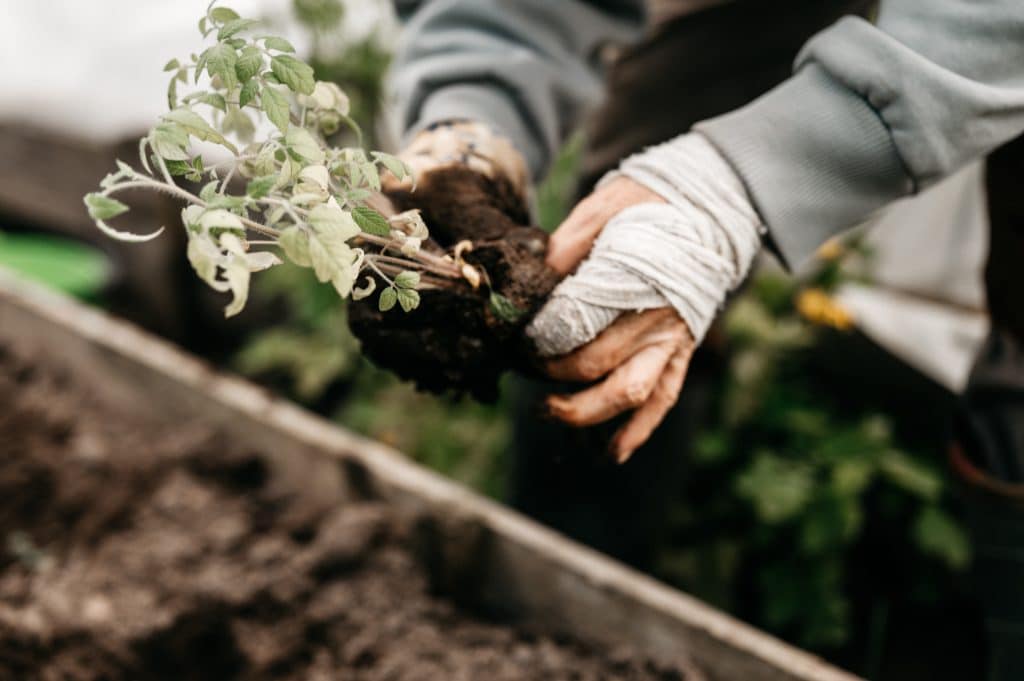
Starting a homestead involves some upfront costs, including purchasing land (if necessary), setting up a house, and buying initial supplies for gardening and livestock. Moreover, ongoing expenses like animal feed, seeds, and equipment maintenance can add up. However, with careful planning and smart choices, it is possible to manage these costs effectively.
Over time, a well-established homestead can also help reduce living expenses. Growing your own food, generating your own energy, and creating homemade products can significantly cut down on grocery and utility bills. Additionally, surplus produce, eggs, or handcrafted goods can be sold to generate extra income, making the homestead partially self-sustaining financially.
Choosing Your Homestead Location

Choosing the right location for your homestead is crucial. This choice should take into account various factors, such as climate, soil quality, water availability, and local regulations. If you plan to grow crops, the area’s climate and soil will play a significant role in determining what you can cultivate. Access to things such as a reliable water source will be essential for both gardening and livestock.
Urban and rural homesteading offer distinct advantages and challenges. Urban homesteading often means less space but more access to community resources and services. In contrast, rural homesteading offers more land but can mean greater isolation. Ultimately, the choice depends on your personal preferences, goals, and lifestyle.
Planning Your Homestead: From Garden To Livestock

Once you’ve chosen your homestead location, the next step is to plan the layout and decide what elements you want to include. Do you want a large vegetable garden, or would you prefer a mix of fruits and vegetables? How about livestock – chickens, goats, or maybe bees? And don’t forget space for infrastructure like a tool shed or chicken coop.
In addition, different farming practices can be incorporated, such as permaculture, aquaponics, or hydroponics, each offering unique advantages. Permaculture mimics natural ecosystems to create sustainable and self-sufficient agricultural systems. Aquaponics and hydroponics, on the other hand, are soil-less methods that can be space-saving and efficient, particularly suitable for urban homesteads.
Legal Considerations For Homesteading
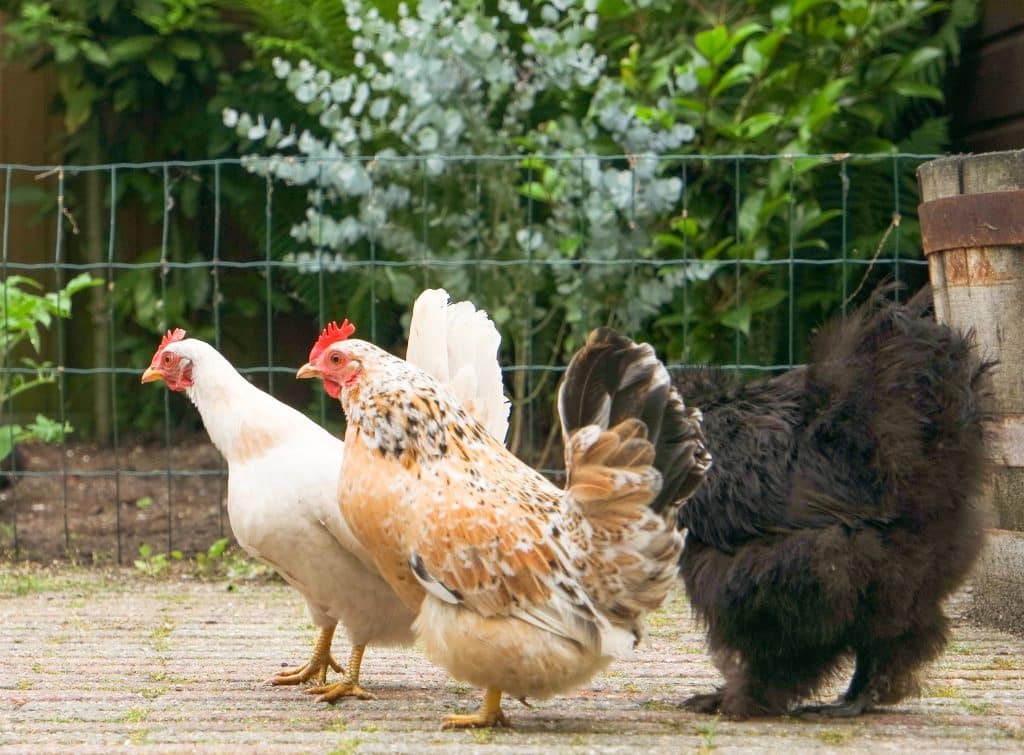
Every aspiring homesteader should be aware of legal considerations such as zoning laws, building codes, and animal ordinances. Zoning laws determine what activities are permissible on your property while building codes set standards for any construction. Furthermore, animal ordinances may limit the types of livestock you can keep, especially in urban areas.
Before embarking on your homesteading journey, it’s essential to research and understand these rules in your chosen area. Ignorance can lead to fines or even the necessity to undo your hard work. Reach out to local government offices, join community forums, or consult with real estate professionals to ensure you have accurate and updated information.
The Reality of Homesteading: Day-to-Day Life
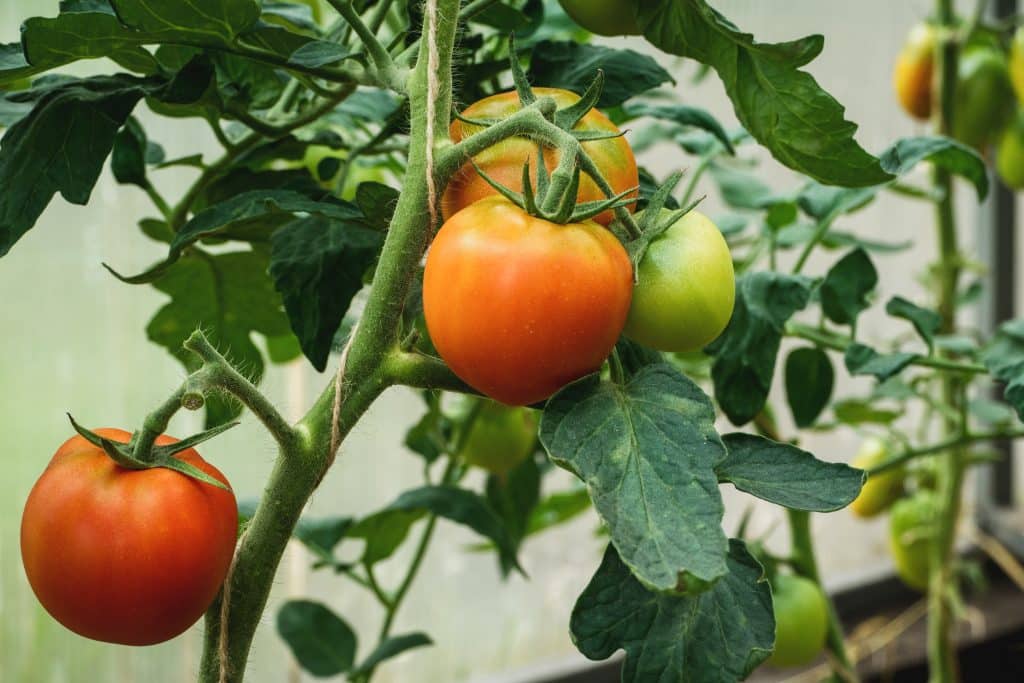
Living the homesteading lifestyle involves a variety of daily tasks, from tending the garden and caring for animals to maintaining equipment and buildings. These activities change with the seasons, as different crops need to be planted and harvested, and animals’ needs vary throughout the year.
However, homesteading isn’t just about chores. It’s about enjoying the fruits of your labor, be it a home-cooked meal made with fresh produce from your garden, the warmth of a handmade quilt, or the companionship of your farm animals. It’s also about community, as many homesteaders engage with local markets, farming cooperatives, or online communities for support and camaraderie.
Start Your Journey Into The World Of Homesteading!
Homesteading is a rewarding journey that fosters self-sufficiency, sustainability, and a connection with nature. From understanding the concept to getting started, each step presents opportunities to learn and grow. The process might be challenging, requiring hard work, patience, and perseverance. However, the fulfillment derived from harvesting your own food, mastering new skills, or living in harmony with nature is truly unparalleled. If you’re considering this lifestyle, start small and expand gradually. Keep learning, stay adaptable, and, most importantly, remember to enjoy the journey. Welcome to the world of homesteading!



